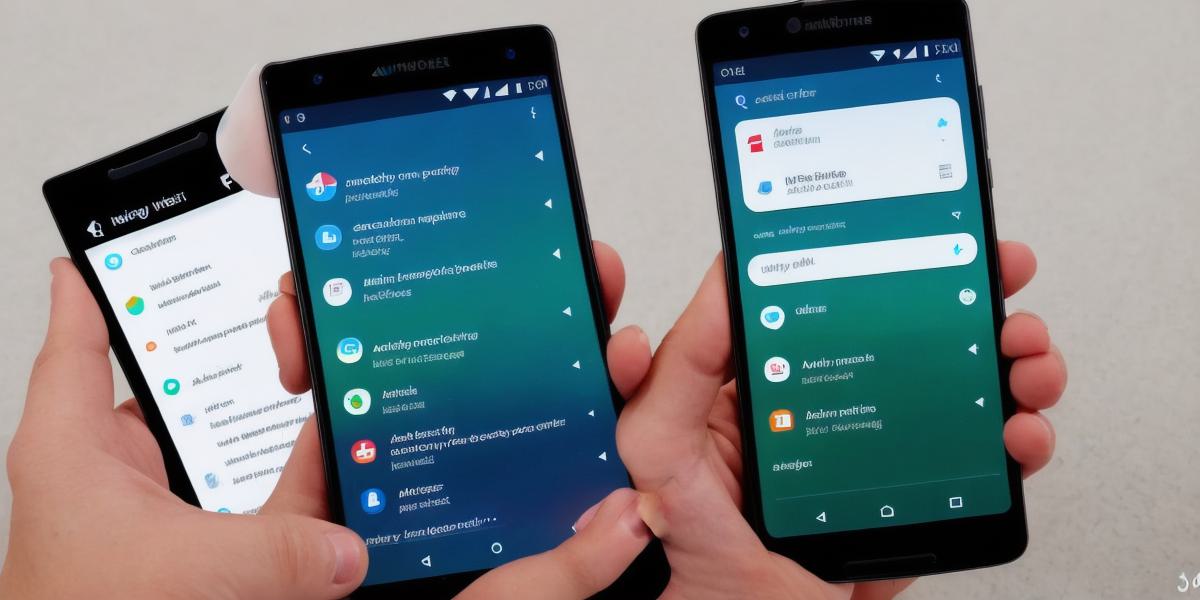If you are an android developer, it’s time to upgrade your app development skills to the latest version of the Android operating system. With the release of Android 10, developers now have access to new features and improvements that make app development easier and more efficient. In this article, we will explore some of the key features of Android 10 and how they differ from previous versions.
User Interface Enhancements
Android 10 brings a number of user interface enhancements that are designed to make your app more intuitive and easy to use. Some of these enhancements include:
Gesture-Based Navigation
Gone are the days of the navigation bar at the bottom of the screen. Android 10 now uses gesture-based navigation, which allows users to navigate through their apps by swiping from one screen to another. This new navigation system is designed to be more intuitive and efficient, and it’s great for developers who want to create apps that are easy to use on any device.
Dark Mode
Android 10 also includes a dark mode feature that allows users to switch between light and dark themes. This feature is great for those who prefer a darker look and feel to their devices, and it’s particularly useful for reducing eye strain in low-light environments.
Enhanced Security Features
Security is always a top priority for developers, and Android 10 brings a number of new security features that are designed to keep your app and its users safe. Some of these features include:
Background Activity Limits
Android 10 now limits the amount of background activity that apps can perform. This feature is designed to improve battery life and reduce the risk of malicious activity.
Scoped Storage
Scoped storage is a new feature in Android 10 that allows apps to access only the files and data they need. This feature is designed to improve privacy and security by limiting the amount of data that apps can access.
Improved Performance
Android 10 brings a number of performance improvements that are designed to make your app run faster and smoother. Some of these improvements include:
Native Support for Foldable Screens
Android 10 now includes native support for foldable screens, which means that developers can create apps that are optimized for these devices. This feature is great for developers who want to create apps that are truly cutting-edge and take advantage of the latest technology.
Enhanced Support for Multiple Cameras
Android 10 now includes enhanced support for multiple cameras, which means that developers can create apps that take advantage of the latest camera technology. This feature is great for developers who want to create apps that are truly cutting-edge and take advantage of the latest technology.

Real-Life Examples
One of the best ways to understand the features of Android 10 is by looking at real-life examples of how these features are being used in apps. Some great examples include:
Dark Mode
in Twitter
Twitter has implemented a dark mode feature that allows users to switch between light and dark themes. This feature is designed to improve eye strain and reduce the risk of eye fatigue, especially for users who spend long hours on their devices.
Gesture-Based Navigation in Google Maps
Google Maps now uses gesture-based navigation, which allows users to navigate through the app by swiping from one screen to another. This feature is designed to be more intuitive and efficient, and it’s great for developers who want to create apps that are easy to use on any device.
